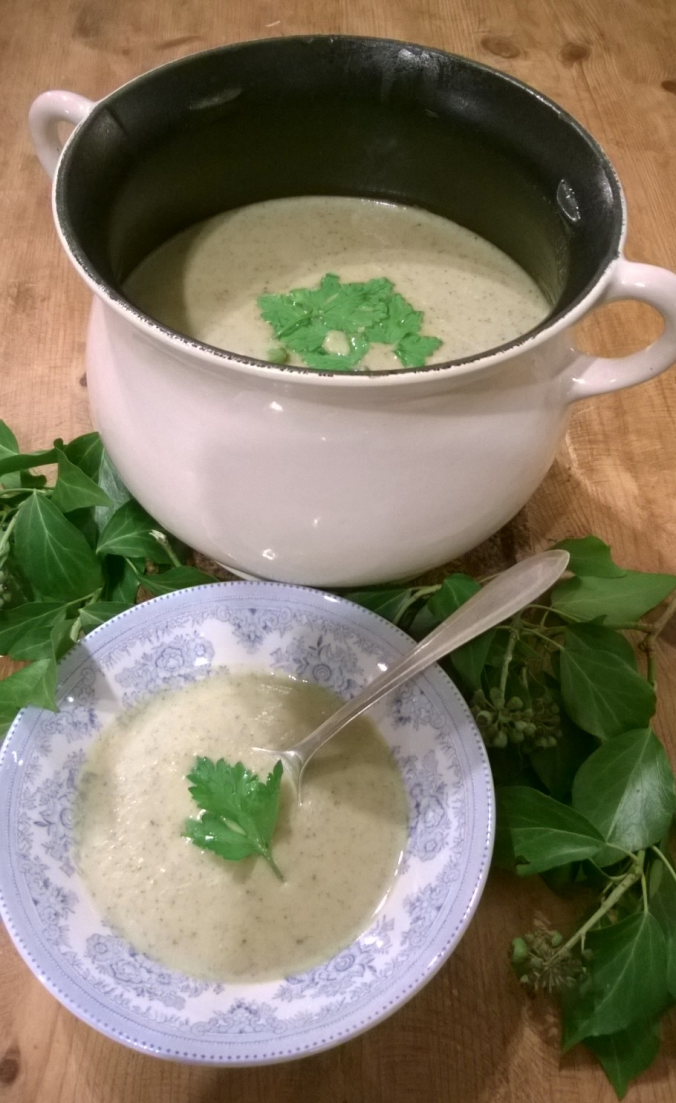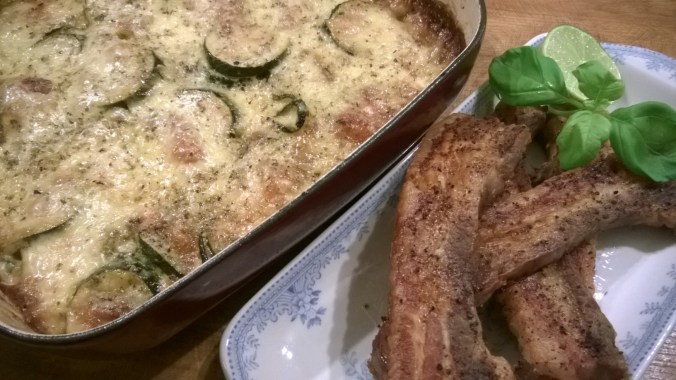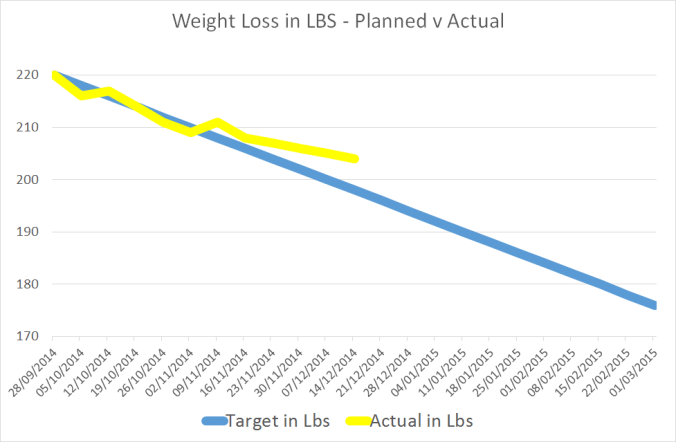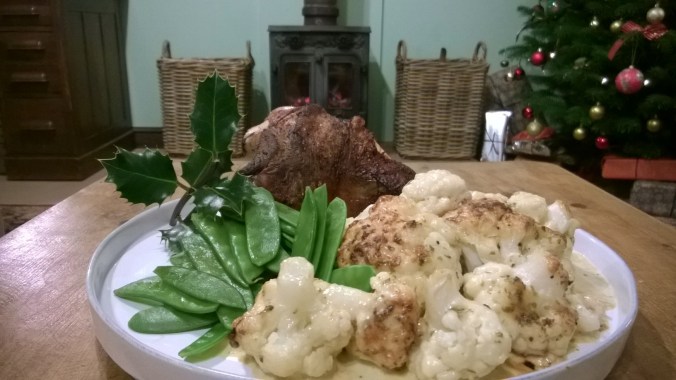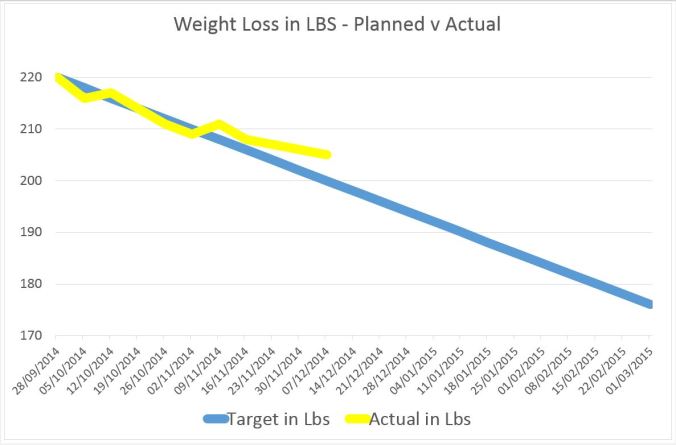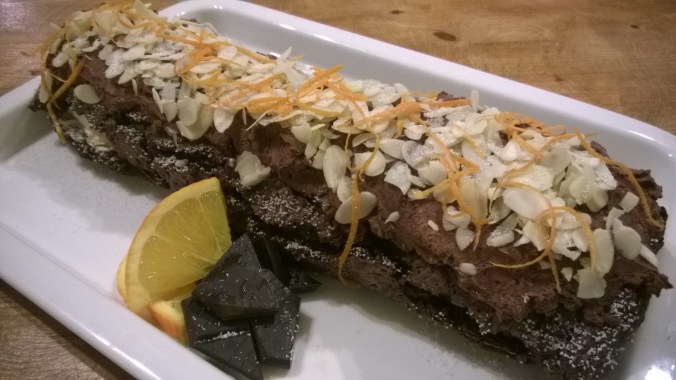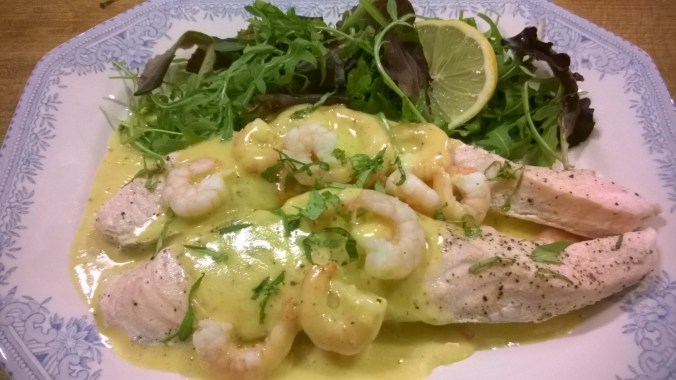As the homepage of this blog informs, one member of our household (Nicholas James) is a type 1 diabetic.
My own research on the subject highlighted that a ketogenic diet can also be brilliant for diabetics. This is due to its ability to lower insulin-dependence and stabilise blood-sugars. Two weeks into my own diet, NJ also decided to take the plunge and try it for a day. The results were so good, so immediately, that he’s still going strong and hasn’t looked back!
The ‘big switch’ was a nerve-racking thing however. We did it as a process of experimentation unsanctioned by the medical profession! After all, it is not current guidance in the UK for the treatment of diabetes and there is precious little information available on the subject, particularly if you’re a type 1 diabetic.
The only way to see whether it worked therefore was to try it! We took small steps but soon found that it was far easier than we’d thought (if you’re not eating carbohydrate, you don’t need much insulin – bingo!!!). But enough from me; over to someone who can tell you more with specific regard to diabetes. Over to you NJ…
“Hello again.
Last time I wrote about my experience in the summer of 2013, when I found out I was a Type 1 diabetic. It’s funny to think that my life just 20 months ago was a time when bread, pasta, chocolate and fruit juice could be consumed without a second thought. Just over a year on, and it feels as if I’ve always been this way, and the strange thing is, I really don’t mind it.
As a nurse pointed out to me in the hospital, the good thing about diabetes is that it makes you far more aware, on a daily basis, of the things that your body doesn’t really appreciate. Of course, I can’t now have a sugary treat each day, drink apple juice with breakfast, snack on a cake between meals or be care-free with food like a ‘healthy’, ‘normal’ person can. But, in my mind, this unexpected disease that hit me in my early 30s, was a wake up call to make sure I took active care of my body into middle age and beyond. Something maybe people without diabetes wont do until it’s too late.
So for one year I followed the NHS guidelines for a diabetic diet: Low fat, healthy, carb intensive and accurately balanced out with appropriate doses of insulin.
A typical daily food intake would be:
Breakfast: Porridge with sweetener, nuts and berries.
Snack: Banana and digestive biscuit.
Lunch: Tuna Salad and oatcake biscuits, banana.
Snack: Apple
Dinner: Chicken leg, pearl barley, green beans, low fat fruit fromage frais.
It worked well and I was very pleased with my results. A 12 unit dose from an Insuman Comb25 pen before breakfast, and the same again before dinner saw my blood glucose levels maintained between 5 and 10…most of the time.
I say most of the time, because I had a daily dip at around 10.30am where my sugars crashed down to around 3.1, then post lunch I may jump up to 12.0, before dipping again in the afternoon. Pre-dinner I tended to be around 6.0, but then could be, depending on what time we ate, anything up to 10.0 before bed.
Despite being told by medical staff that “it was the blood glucose score before eating that mattered”, I just didn’t like this constant see-sawing action between lows and highs. Indeed, I later discovered that it is the fluctuations between high and low blood sugars that cause a lot of damage to the body and ultimately lead to the complications associated with diabetes.
Adam was moving towards a ketogenic diet for weight-control, so I thought I’d look into whether this could work for diabetics. In his best selling book, Dr. Richard Bernstein seemed to advocate that the LCHF diet offers a solution to this constant battle between injecting insulin and topping up glucose, that many diabetics face.
Without the advice or guidance from any of my doctors I decided to give it a go. Carefully at first, by lowering my insulin to 8, and dropping my carb intake slowly over a couple of days, until I reduced it to no carbs at all. The immediate effect was that my insulin dose was far too high, and I went quickly into hypoglycaemia. By adjusting this down to a dose of 3, I plateaued to a constant reading of 5 on my blood metre. Not just 5 before food, but a consistent and constant reading of between 5 and 6 no matter what time I tested my blood, which I did so frequently during this trial. This was proving a success!
However, the effects were not all positive – but I had been reading ahead and was expecting the consequences of chyanging to a keto-regime. The increased thirst, headaches, queasy feelings and nausea lasted for a couple of weeks. I also started losing weight more rapidly than Adam, which worried me as I thought I was re-entering a state of ketoacidosis. However, my weight then plateaued at 12 stone, which was my ideal weight according to the BMI.
So far, so good! I’m delighted with my blood sugars, I’ve lost a bit of weight and I feel that I have more energy, particularly when I’m running. What’s not to love about this take on healthy diabetic eating – I just hope my doctor agrees.
I wonder what he will say…”
Thanks for reading,
Adam.
